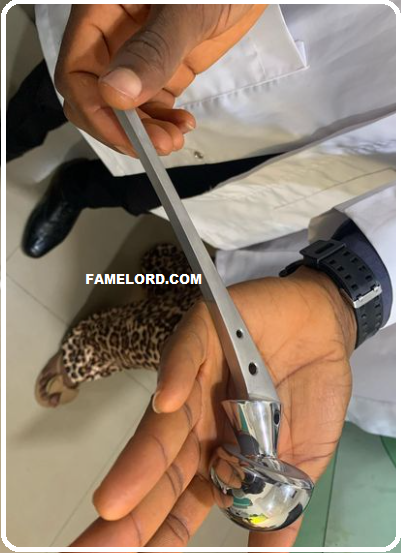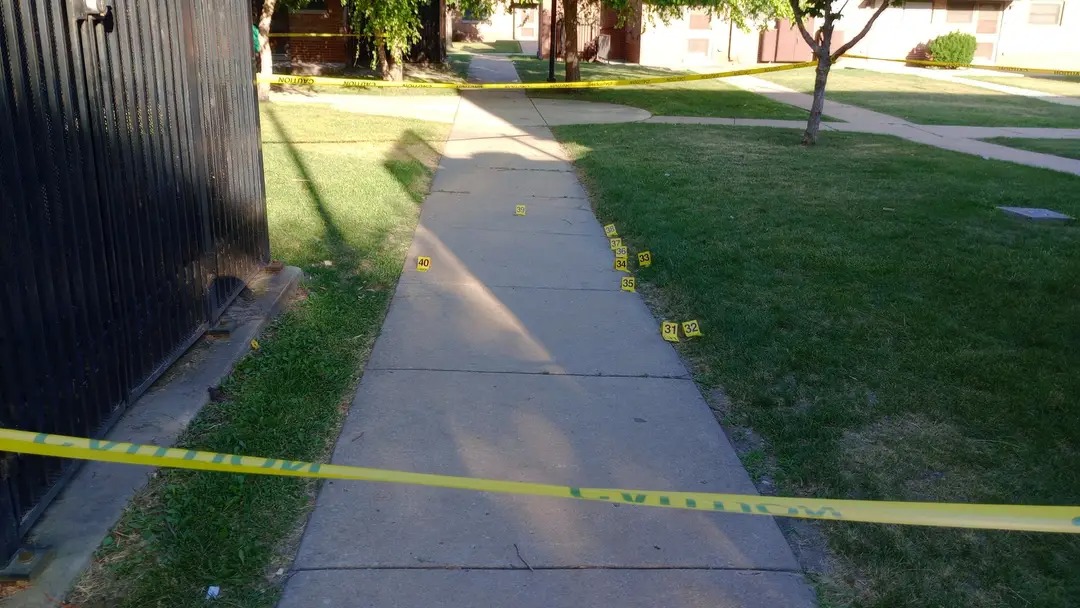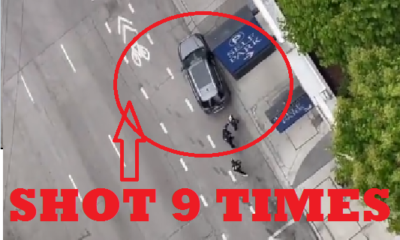Editorials
What I Wish I Knew Before Hip Replacement Surgery

What I Wish I Knew Before Hip Replacement Surgery! I would like to give advice to my avid readers, having undergone Hip Replacement Surgery myself a year ago.
As someone who has undergone hip replacement surgery, I can attest to the fact that it is a common operation that can alleviate pain and improve mobility for individuals with severe hip joint damage.
Basically Hip Replacement surgery process first starts with the identification and then removal of the damaged or diseased parts of the hip joint and then these parts are replaced with artificial components made of either one of the following, metal, plastic, or ceramic.
Hip fractures, osteoarthritis, and rheumatoid arthritis are the common and major cause that leads to Hip Replacement surgery. As with most Before surgery procedures, A thorough evaluation was performed on me to determine if I was a suitable candidate for the surgery. This included imaging tests, blood tests, and a physical examination. I was advised to prepare for the surgery by quitting smoking, maintaining a healthy diet, and performing exercises to strengthen my hip and surrounding muscles. During the surgery, I was Put under general anesthesia.
An incision was made by the surgeon in the hip area and the diseased parts of the hip joint were promptly removed. The artificial components made from either metal, plastic, or ceramic were then inserted and secured in place, at this point, the incision was closed with staples or stitches. After the surgery, I was monitored in the hospital for a few days to ensure that there were no complications.
I commenced a Physical therapy routine to help me regain posture and mobility in the area of the hip joint. Any discomfort I got from this procedure was curbed because I was provided with pain management to help manage any discomfort.

What I Wish I Knew Before Hip Replacement Surgery
It is essential to note that hip replacement surgery has a high success rate and can significantly improve the quality of life for individuals with severe hip joint damage. However, as with any type of surgery, blood clots, infection, and dislocation of the artificial joint are the major risks you should be aware of. It is also very important for patients to follow given post-surgery instructions and make sure to not skip but attend follow-up appointments to ensure a successful recovery.
What I Wish I Knew Before Undergoing Hip Replacement Surgery
To any of my readers planning to undergo Hip Replacement Surgery please take note of the following:
Recovery Time
It is important to understand the recovery process perfectly, you start by coming to terms with the fact that recovery time for everyone is not the same. People’s recovery time varies from person to person so do not compare yours with anyone.
Preparing your body for surgery by performing exercises to strengthen your hip and surrounding muscles, quitting smoking, and maintaining a healthy diet can help improve your recovery.
Pain Management
This is a very important aspect, as no one likes pain it is very crucial you discuss your pain management options with your surgeon before and after surgery.
Physical Therapy
After surgery you must not stay in one place all day, you need to flex that body. because mobility and flexibility decrease your healing and recovery time significantly. And it aids the muscles to heal faster. Please plan ahead for activities such as bathing, cooking, washing clothes, and brushing your teeth. You might also need to make some modifications in your house such as installing grab bars, removing all tripping hazards and also a raised toilet set might be needed.
Emotional Changes
It s very okay to experience mood swings after the surgery you should understand this and also your family and friends should come to terms with this fact, and offer nothing but support during this healing and trying time.
As someone who has undergone hip replacement surgery, I can say that the process can be challenging, but with proper preparation, care, and attention, it is possible to achieve a successful recovery and improve your quality of life. I wish you the best of Luck!
Ariana Fletcher Before Surgery! What Ari Fletcher Looks Like Now!!
Tommie Lee Before Surgery BBL Tommiee Before And After Fame Pics
JT Before Surgery BBL, City Girls TheGirlJT Before and After Pics
Pastora Claudia Jaramillo: Meet The Hottest Female Pastor In The World
Editorials
Mass Shooting in Chicago’s Altgeld Gardens Leaves Four Injured, Allegedly Retaliation for Mello Buckzz!!

Chicago, IL – July 3, 2025 – A mass shooting in the Altgeld Gardens neighborhood on Chicago’s South Side, that many in the streets have called a retaliation for the Mass Shooting earlier at rapper Mello Buckzz Album release party has left four people wounded in the early hours of Wednesday morning, marking another violent incident in a city grappling with gun violence.
Details of the Shooting
According to Chicago police, the shooting occurred around 3:17 a.m. in the 600 block of East 133rd Street. A group was gathered outside when unknown assailants opened fire, striking four individuals.
The victims include:
-
A 21-year-old man, shot in the arm and thigh, transported to the University of Chicago Hospital in critical condition.
-
A 31-year-old man, suffering multiple gunshot wounds, taken to Christ Hospital in critical condition.
-
A 29-year-old woman, shot in the arm, who self-transported to Christ Hospital in stable condition.
-
A 29-year-old man, shot in the shoulder, who initially went to Roseland Hospital before being transferred to the University of Chicago Hospital in serious but stable condition.
No suspects have been identified, and Area Two detectives are investigating the circumstances surrounding the attack.
Community Reactions
The shooting has sparked outrage and frustration among residents, with many questioning the effectiveness of crime reduction efforts.
-
Suzanne Etsch commented, *”So in a 24-hour period, at least 22 people shot. Both were mass shootings. Can’t wait to see the total Monday morning.”*
-
Courtney Faull-Basile questioned the narrative on gun violence, asking, “Crime is down, mass shootings are up. Why aren’t we worried about the mass shooters’ mental health or access to guns this time?”
Others, like Ricky Moore, called for unity, saying, “We have to start fasting and pray so our people will stop all the hate towards one another.”
Broader Context of Chicago Violence
This incident follows a troubling trend of mass shootings in Chicago, despite official claims of declining crime rates. Just last month, a similar attack in another South Side neighborhood left multiple victims wounded.
Critics, including Lee Kirk, blamed political leadership, referring to the city as “Brandon’s Chicago,” a likely reference to Mayor Brandon Johnson. Meanwhile, Marc Sims noted that most violent crimes occur within interconnected networks rather than as random acts.
As investigations continue, Chicago residents brace for what could be another violent holiday weekend.
-

 Entertainment3 years ago
Entertainment3 years agoIs Frankie Lapenna Butt Real? Find About About Frankie Lap!!
-

 Entertainment5 years ago
Entertainment5 years agoLil Reese shot in downtown Chicago! Watch The Crime Scene CCTV Video!!
-

 Entertainment5 years ago
Entertainment5 years agoRapper Pooh Shiesty Caught On Video With A Trans Woman! Is He Gay?
-

 Entertainment4 years ago
Entertainment4 years agoWhat Happened To Cody Lane?
-

 Entertainment5 years ago
Entertainment5 years agoPastor Claudia Jaramillo: Redefining Leadership and Womanhood on the Pulpit
-

 Entertainment5 years ago
Entertainment5 years agoCorinna Kopf Photos Hours After She Joined!! Who is Corinna Kopf?






![Kodak Black - Last Day In [Video]](https://famelord.com/wp-content/uploads/2021/06/Screenshot-178-80x80.png)